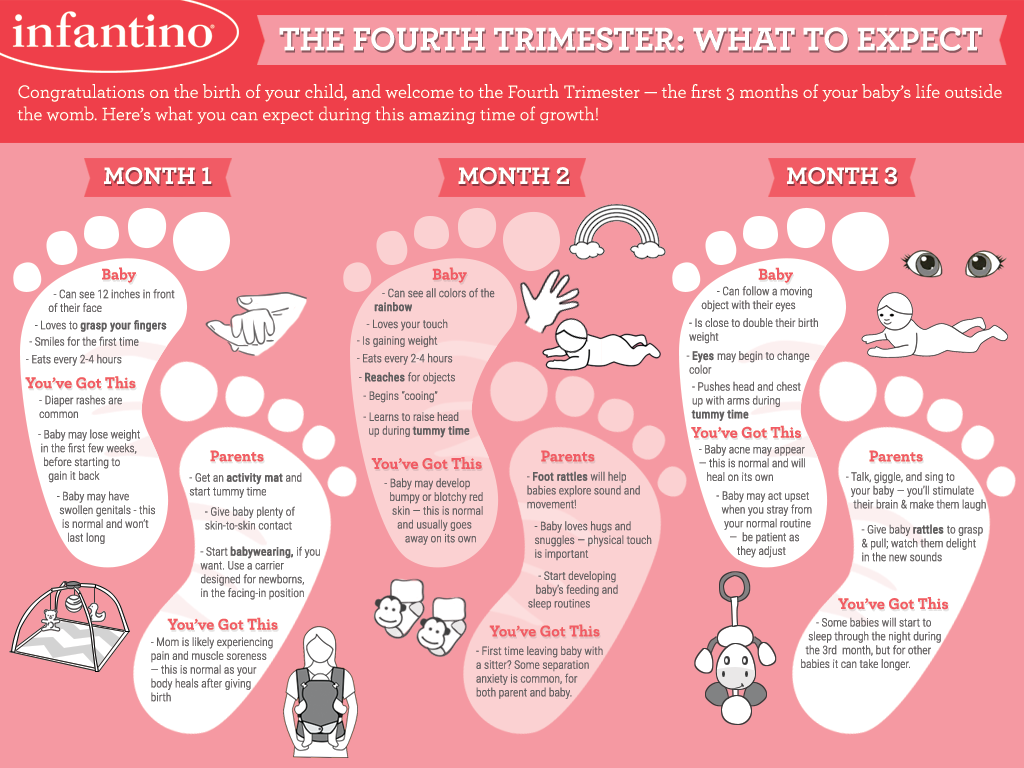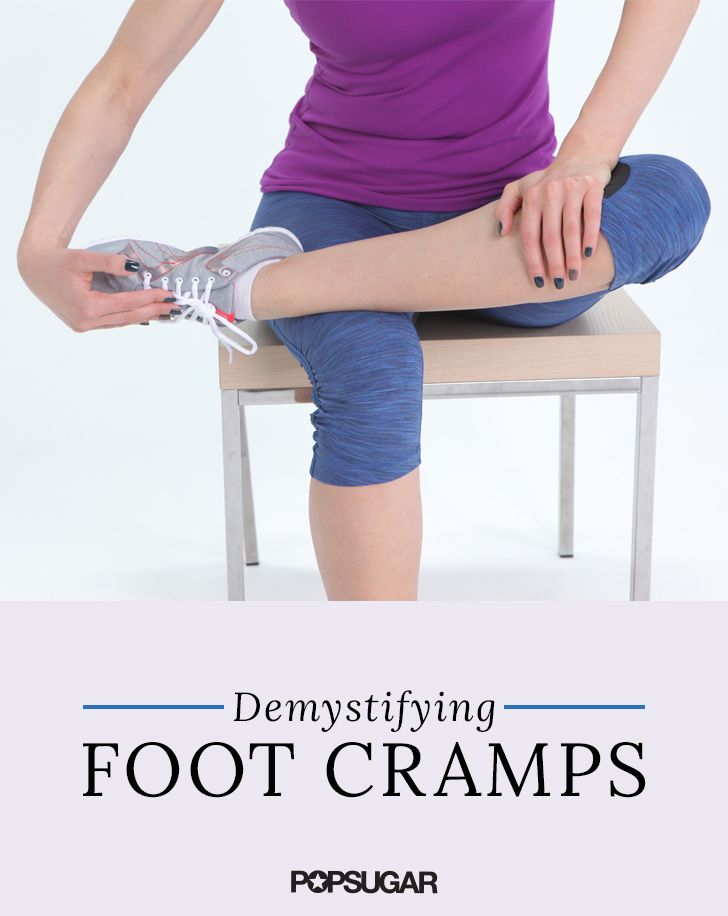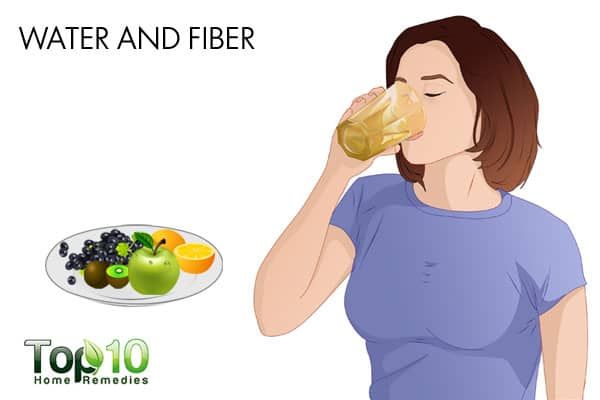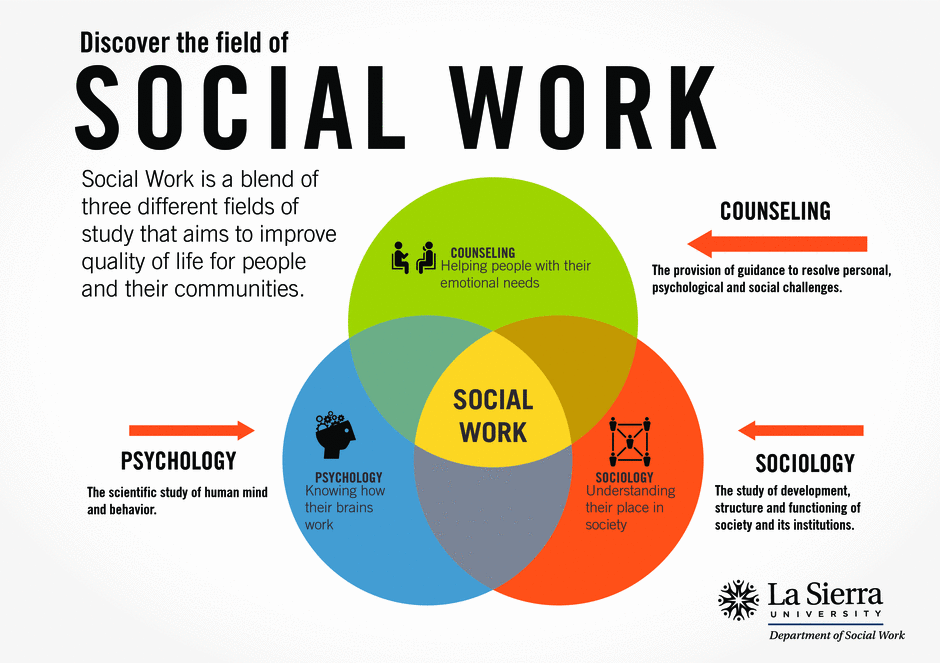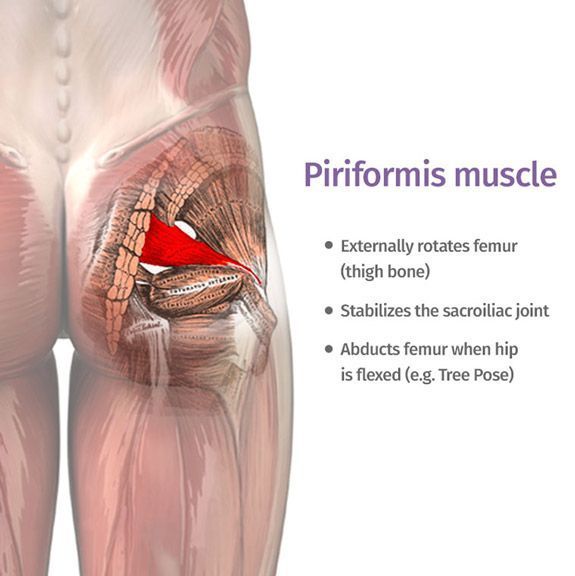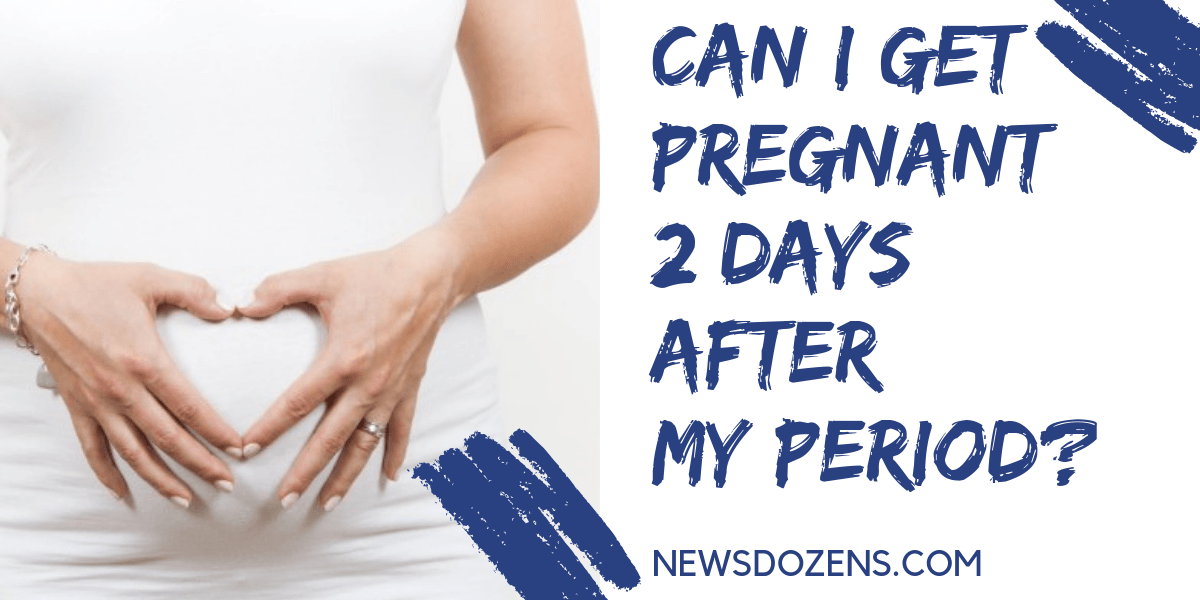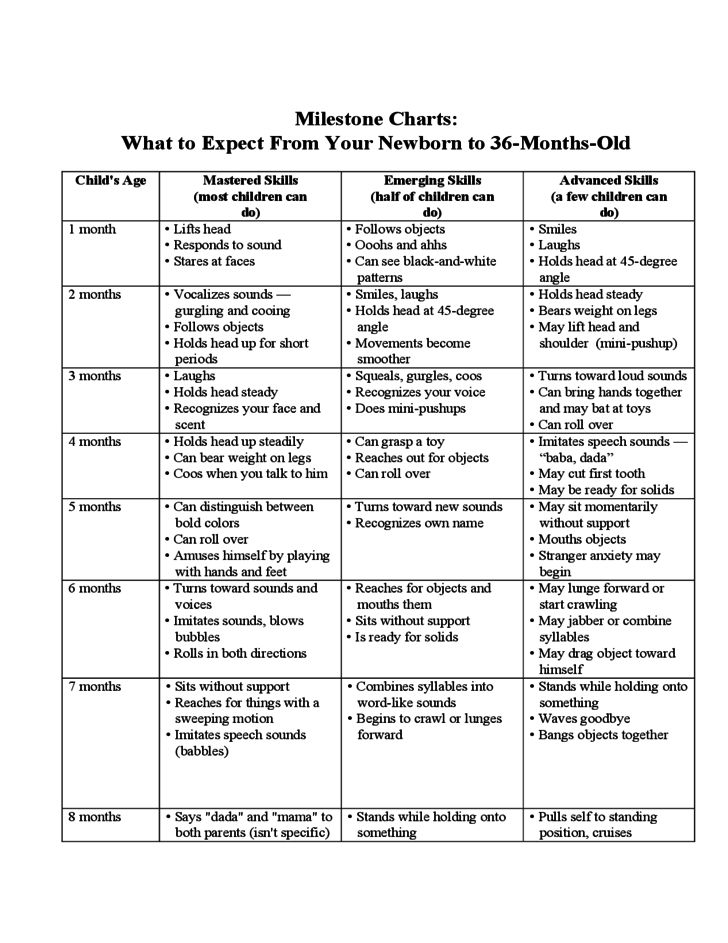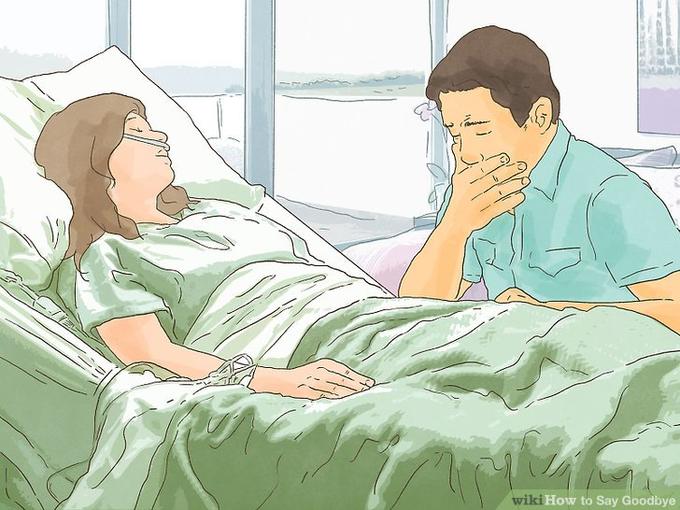Hormone released during birth
The Role of Hormones in Childbirth
You (and your baby) are born with the ability to start labor, labor and give birth, breastfeed and become deeply attached to each other. The flow of hormones in your body drives these well-organized, finely tuned processes.
It is important that you and your maternity care providers understand how to work with — and avoid disrupting — these processes.
While you don’t need to be taught how to give birth, it is fascinating to learn about the amazing capabilities of women and newborns. For example, a newborn who was not exposed to pain medications and is placed skin-to-skin on his or her mother right after birth can crawl to mom’s breast and begin nursing!
The Role of Birth Hormones
Birth hormones are chemical “messengers” that your body makes. Your baby makes birth hormones, too. These hormones work together to guide important changes in your bodies — changes that help make labor and birth go smoothly and safely for both of you.
Birth hormones help guide you and your baby in many ways, including:
- Getting your body ready to give birth
- Starting your labor contractions
- Preparing your baby for labor and life outside your body
- Telling your breasts to make milk and getting your baby ready to breastfeed
And when you and your new baby fall in love, birth hormones are part of those feelings, too!
Here we discuss four hormones that are important for reproduction: oxytocin, endorphins, adrenaline and related stress hormones, and prolactin. These hormones play a major role in regulating labor and birth. Learning about them can help you understand what will happen during labor and birth. Decisions you make about your care can support or disrupt the way hormones work, so understanding how they work and how they are affected is important for making informed decisions.
Oxytocin
Oxytocin is often known as the "hormone of love" because it is involved with lovemaking, fertility, contractions during labor and birth and the release of milk in breastfeeding. It helps us feel good, and it triggers nurturing feelings and behaviors.
It helps us feel good, and it triggers nurturing feelings and behaviors.
Receptor cells that allow your body to respond to oxytocin increase gradually in pregnancy and then increase a lot during labor. Oxytocin stimulates powerful contractions that help to thin and open (dilate) the cervix, move the baby down and out of the birth canal, push out the placenta, and limit bleeding at the site of the placenta. During labor and birth, the pressure of the baby against your cervix, and then against tissues in the pelvic floor, stimulates oxytocin and contractions. So does a breastfeeding newborn.
Low levels of oxytocin during labor and birth can cause problems by:
- Causing contractions to stop or slow, and making labor take longer.
- Resulting in excessive bleeding at the placenta site after birth.
- Leading health care providers to respond to these problems with interventions.
You can promote your body's production of oxytocin during labor and birth by:
- Staying calm, comfortable and confident.
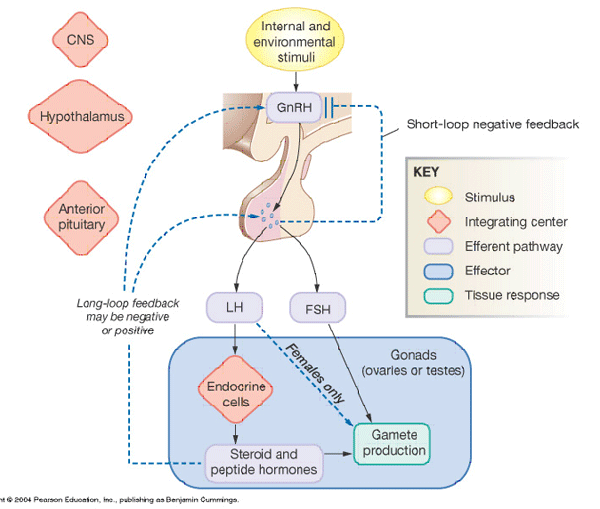
- Avoiding disturbances, such as unwelcome people or noise and uncomfortable procedures.
- Staying upright and using gravity so your baby is pressed against your cervix and then, as the baby is born, against the tissues of your pelvic floor.
- Stimulating your nipples or clitoris before birth, and giving your baby a chance to suckle (breastfeed) shortly after birth.
- Avoiding epidural analgesia.
Endorphins
When you face stress or pain, your body produces calming and pain-relieving hormones called endorphins. You may have higher levels of endorphins near the end of pregnancy. For women who don’t use pain medication during labor, the level of endorphins continues to rise steadily and steeply through the birth of the baby. (Most studies have found a sharp drop in endorphin levels with use of epidural or opioid pain medication.)
High endorphin levels during labor and birth can produce an altered state of consciousness that can help you deal with the process of giving birth, even if it is long and challenging. High endorphin levels can make you feel alert, attentive and even euphoric (very happy) after birth, as you begin to get to know and care for your baby. In this early postpartum period, endorphins are believed to play a role in strengthening the mother-infant relationship. A drop in endorphin levels at this time may contribute to the "blues," or postpartum depression, that many women experience for a brief time after birth.
High endorphin levels can make you feel alert, attentive and even euphoric (very happy) after birth, as you begin to get to know and care for your baby. In this early postpartum period, endorphins are believed to play a role in strengthening the mother-infant relationship. A drop in endorphin levels at this time may contribute to the "blues," or postpartum depression, that many women experience for a brief time after birth.
Low levels of endorphins can cause problems in labor and birth by:
- Causing labor to be excessively painful and difficult to tolerate.
- Leading health care providers to respond to this problem with interventions.
You can enhance your body's production of endorphins during labor and birth by:
- Staying calm, comfortable and confident.
- Avoiding disturbances, such as unwelcome people or noise and uncomfortable procedures.
- Delaying or avoiding epidural or opioids for pain relief.
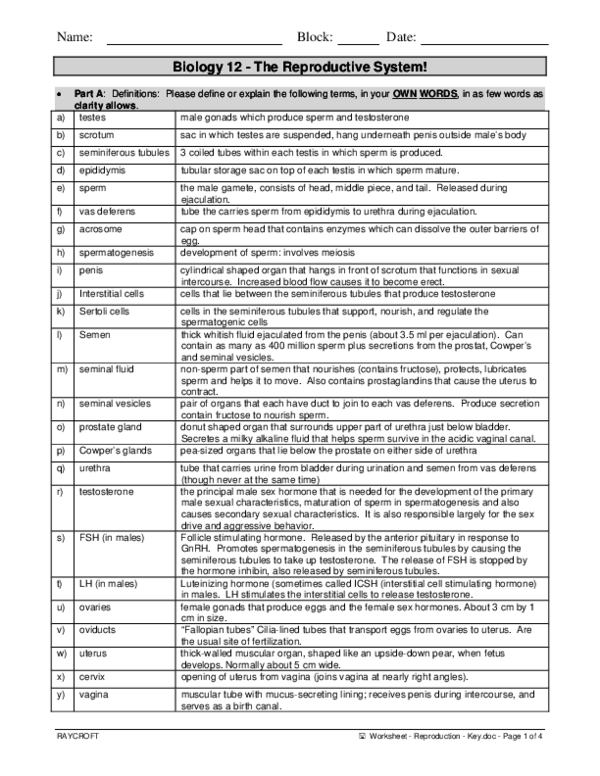
Adrenaline
Adrenaline is the "fight or flight" hormone that humans produce to help ensure survival. Women who feel threatened during labor (for example, by fear or severe pain) may produce high levels of adrenaline. Adrenaline can slow labor or stop it altogether. Earlier in human evolution, this disruption helped birthing women move to a place of greater safety.
Too much adrenaline can cause problems in labor and birth by:
- Causing distress to the baby before birth.
- Causing contractions to stop, slow or have an erratic pattern, and lengthening labor.
- Creating a sense of panic and increasing pain in the mother.
- Leading health care providers to respond to these problems with cesarean surgery and other interventions.
You can keep adrenaline down during labor and birth by:
- Staying calm, comfortable and relaxed.
- Being informed and prepared.
- Having trust and confidence in your body and your capabilities as a woman.
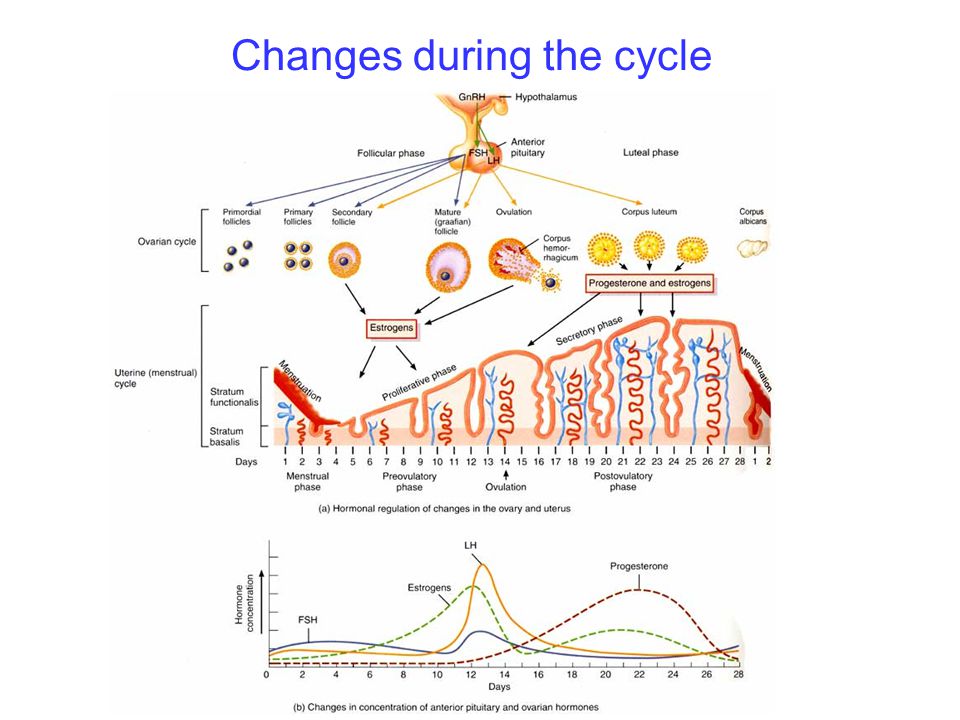
- Having trust and confidence in your care providers and birth setting.
- Being in a calm, peaceful and private environment and avoiding conflict.
- Being with people who can provide comfort measures, good information, positive words and other support.
- Avoiding intrusive, painful, disruptive procedures.
Prolactin
Prolactin is known as the “mothering” hormone. The role of prolactin around the time of birth has been less researched than the hormones described above. It increases during pregnancy and peaks when labor starts on its own. As has been shown in other mammals, continued prolactin production during and after labor appears to be readying a woman’s body for breastfeeding. It may also play a role in moving labor along and helping the newborn adjust to life outside the womb. Prolactin is central to breast milk production. High levels of prolactin with early breastfeeding may foster women’s caretaking behaviors and adjustment to being a mother.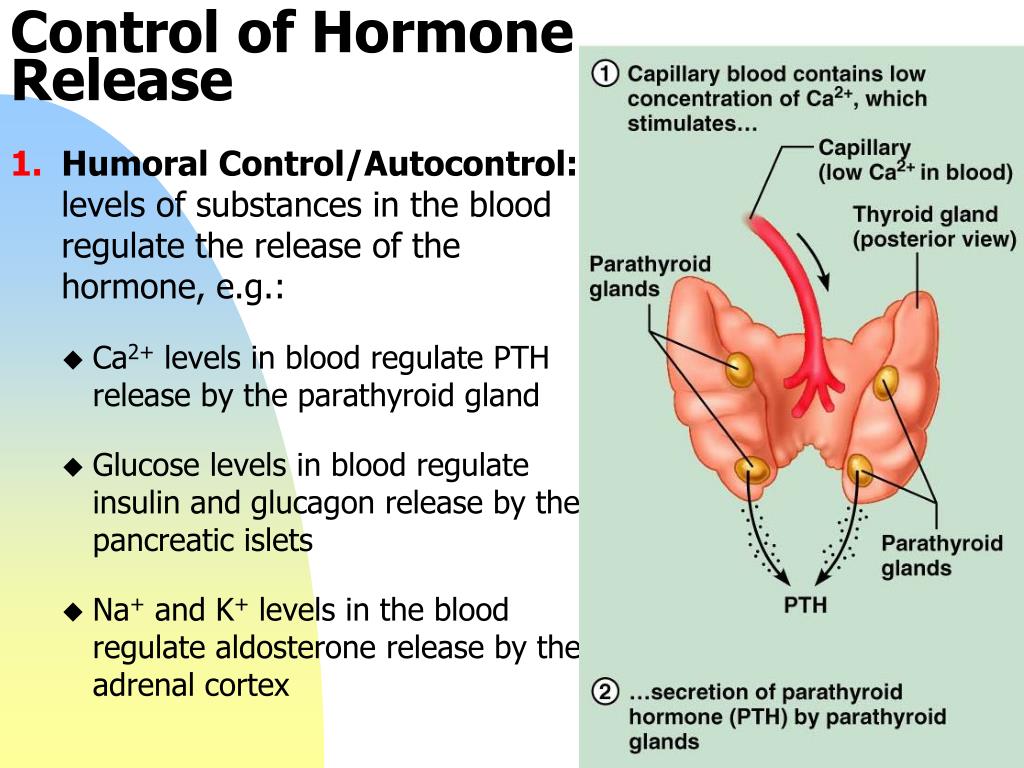 This hormone may also support the infant’s healthy development.
This hormone may also support the infant’s healthy development.
Low levels of prolactin may cause problems through:
- Poorer transition of the baby at the time of birth.
- Poorer growth and development of the baby.
- Poorer adjustment of a woman to motherhood.
You can likely promote your body’s production of prolactin by:
- Waiting for labor to start on its own.
- Minimizing stress during labor and after birth.
- Keeping woman and baby together after birth.
- Breastfeeding early and thereafter on cue from the baby.
Maximizing the Role of Birth Hormones
As you can probably tell from the information above, some features of typical hospital childbirth settings, like noise or medical interventions, can interfere with your body’s natural processes. To avoid this and maximize your body’s ability to follow its natural processes, it’s a good idea to seek out a birth setting that supports this. Out-of-hospital birth settings and one-on-one continuous labor support, such as doula care, can help create conditions that enhance your body’s natural production of helpful hormones and keep disturbing hormones in check.
Out-of-hospital birth settings and one-on-one continuous labor support, such as doula care, can help create conditions that enhance your body’s natural production of helpful hormones and keep disturbing hormones in check.
You can read more about the role of hormones in childbirth in the Pathway to a Healthy Birth booklet.
Hormones in labour: oxytocin and the others – how they work | Labour & birth articles & support
Hormones play a big role when it comes to pregnancy and birth. Here we explore what they do and why.
Hormones, labour and birth: an introduction
You know your hormones are going to be working hard at this time but you might not know exactly what they’re doing. You’ll in fact have four major hormonal systems active when you’re in labour and giving birth. These hormones are:
- oxytocin (the love hormone)
- beta-endorphins (the hormones of pleasure and transcendence)
- epinephrine and norepinephrine (the hormones of excitement)
- prolactin (the mothering hormone).
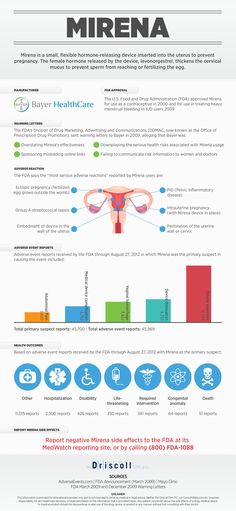
(Buckley, 2002)
Here’s what impact all four will have on you…
Oxytocin or the love hormone
Oxytocin is the love hormone, which is why it’s released during sex, orgasm, birth and breastfeeding (Odent, 1999; Buckley, 2002).
Oxytocin will make you feel more affectionate and selfless, and its main function in labour is to bring on contractions (Dawood et al, 1978). You’ll get a surge of oxytocin in the final stage, so if you’re having a vaginal birth it will help you along with pushing.
Oxytocin reduces stress, calms you down and helps with pain during labour (Buckley, 2015). Impressively, your baby will also produce oxytocin before and during labour (Chard et al, 1971).
Oxytocin hangs around after birth too, helping you feel more relaxed, well-nourished and bonded with your baby (Buckley 2002, Buckley 2015). It helps with the let-down reflex during breastfeeding and protects you against postpartum haemorrhage (Buckley, 2002).
Beta-endorphins or the pleasure hormones
Endorphins are naturally occurring opiates, similar to morphine and heroin. Like oxytocin, they mostly appear during sex, pregnancy, birth and breastfeeding. Beta-endorphins reduce pain and suppress the immune system, which is important so that it doesn’t act ‘against’ your baby (Buckley, 2002, 2015).
Like oxytocin, they mostly appear during sex, pregnancy, birth and breastfeeding. Beta-endorphins reduce pain and suppress the immune system, which is important so that it doesn’t act ‘against’ your baby (Buckley, 2002, 2015).
If you’re stressed during labour, that can make you release excessive beta-endorphins, which may inhibit oxytocin and slow things down (Buckley 2015). That’s why keeping things as calm as possible is a great thing in labour.
Beta-endorphin also helps with the release of prolactin during labour, preparing your breasts for feeding (Rivier et al, 1976).
And one more thing: it helps in the final phase of your baby’s developing lungs too (Buckley 2015).
Epinephrine and norepinephrine or fight or flight hormones
You might have heard these two referred to as fight-or-flight hormones but their proper names are epinephrine and norepinephrine (adrenaline and noradrenaline). They are produced during stresses like fright, anxiety, hunger or cold and also when you’re excited (Buckley 2015).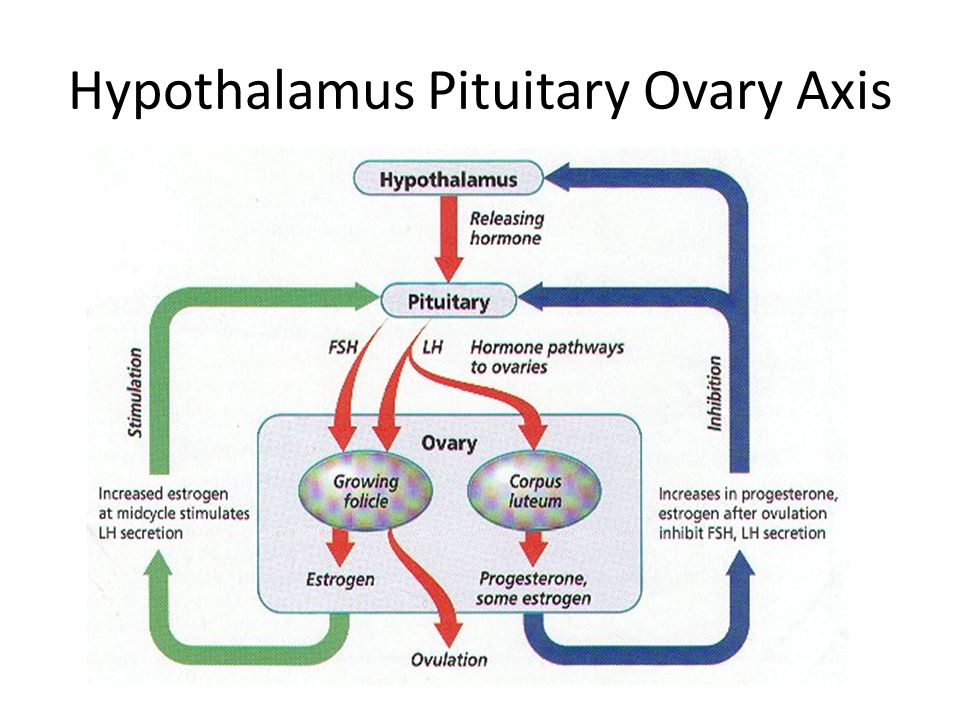
You’re likely to get a high level of these hormones if you don’t feel private, calm, safe and undisturbed and they can then inhibit oxytocin (Buckley 2015). Yet in the late-labour stage if you perceive danger or stress, they may paradoxically stimulate contractions so you give birth more quickly (Buckley 2015).
A rise in epinephrine when you’re in the later stages of labour increases your levels of prostaglandin and cortisol to help with contractions. This will make you feel a sudden rush of energy and will cause several strong contractions and will help you push (Buckley, 2002, 2015).
These hormones help your baby too by protecting them against a lack of oxygen (Buckley, 2002). Your baby will have high levels of these hormones during birth but they’ll drop quickly once you sooth them afterwards (Lagercrantz and Bistoletti 1977; Buckley, 2002).
Prolactin or the mothering hormone
Prolactin is the mothering hormone. And it's the major hormone for breastfeeding.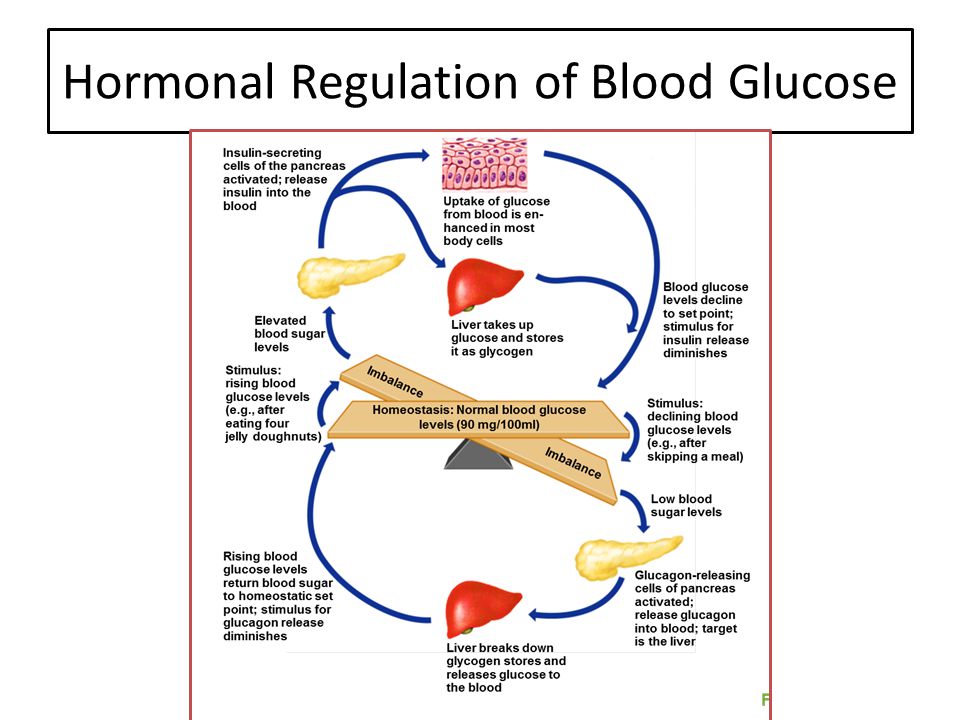
Prolactin starts to increase during pregnancy and peaks at birth (Buckley, 2002). Your baby produces prolactin in the womb too (Daniels and Martin, 1994).
Hormones and your feelings after birth
Lots of women get the baby blues during the first week after birth of her baby days (NHS Choices, 2018). You might feel down or depressed, emotional or irritated and likely to burst into tears at any second.
Don't despair though: these symptoms are totally normal. They’re due to the sudden hormonal and chemical changes that happen after you give birth.
If you feel like you are suffering from something more extreme and it isn’t going away though, talk to your GP or midwife. You might be suffering from postnatal depression and should get some support or help right away.
Further information
Our support line offers practical and emotional support with feeding your baby and general enquiries for parents, members and volunteers: 0300 330 0700.
We also offer antenatal courses which are a great way to find out more about birth, labour and life with a new baby.
References
Buckley SJ. (2015) Hormonal physiology of childbearing: Evidence and implications for women, babies, and maternity care. Washington, D.C.: Childbirth Connection Programs, National Partnership for Women and Families. Available from: http://www.nationalpartnership.org/research-library/maternal-health/hor… [Accessed 25th April 2018]
Buckley SJ. (2002) Ecstatic birth: The hormonal blueprint of labor. Available from: http://www.dancingstarbirth.ca/Handouts/Ecstatic_Birth.pdf [Accessed 25th April 2018]
Chard T, Hudson CN, Edwards CR, Boyd NR. (1971)Release of oxytocin and vasopressin by the human fetus during labour. Nature. 234:352-354. Available from: https://www.ncbi.nlm.nih.gov/pubmed/4944487 [Accessed 25th April 2018]
Daniels G, Martin J. (1994) Neuroendocrine regulation and diseases of the anterior pituitary and hypothalamus, In Harrison’s Principles of Internal Medicine, 13th edition.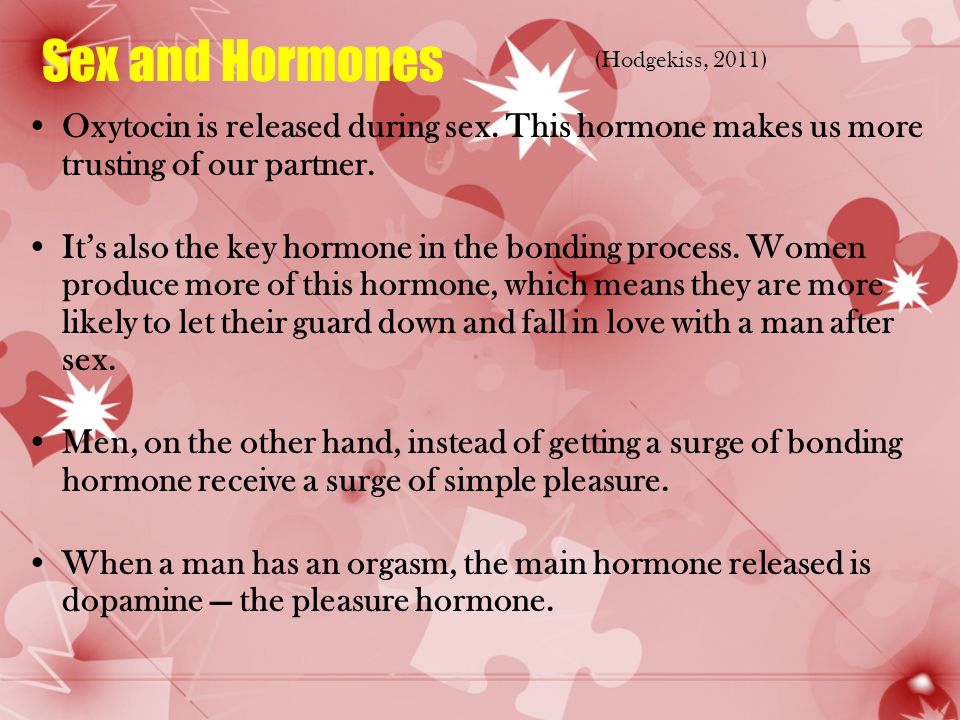 New York: McGraw- Hill. [Accessed 25th April 2018]
New York: McGraw- Hill. [Accessed 25th April 2018]
Dawood MY, Raghavan KS, Pociask C, Fuchs F. (1978) Oxytocin in human pregnancy and partrurition. Obstetrics and Gynecology. 1978; (51):138-143. Available from: https://www.ncbi.nlm.nih.gov/pubmed/622223 [Accessed 25th April 2018]
Lagercrantz H and Bistoletti H. (1977) Catecholamine release in the newborn infant at birth. Pediatric Research. 8:889-893. Available from: https://www.ncbi.nlm.nih.gov/pubmed/887309 [Accessed 25th April 2018]
NHS Choices. (2018) Feeling depressed after childbirth. Available from: https://www.nhs.uk/conditions/pregnancy-and-baby/feeling-depressed-afte… [Accessed 25th April 2018]
Odent M. (1999) The Scientification of Love. London. Free Association Press.
Rivier C, Vale W, Ling N, Brown M, Guillemin R.(1976) Stimulation in vivo of the secretion of prolactin and growth hormone by beta-endorphin. Endocrinology. 100:238-241. Available from: https://www.ncbi.nlm.nih.gov/pubmed/187406 [Accessed 25th April 2018]
Childbirth and hormones | Mamovediya
Childbirth and hormones | Mamovediya - about the health and development of the child The hormones of the female body take an active part in the birth process, while helping the baby to be born as comfortably, easily and safely as possible.
During childbirth, a woman's hormones are activated, such as oxytocin (love hormone), adrenaline and noradrenaline (excitation hormones), prolactin (maternal hormone) and endorphin (pleasure hormones).
The hormones involved in childbirth are produced in the midbrain of the woman in labor. It is very important that the woman in labor "submit" to hormones, because only in this way can her intuition be able to tell what to choose at one time or another to relieve pain - breathing, movement, posture.
The production of oxytocin takes place in the hypothalamus. This hormone is very important in childbirth, as it affects the passage of the baby through the birth canal, as well as the release of breast milk in a woman. In addition, oxytocin promotes contractions of the uterus during cervical dilatation, as well as stretching of the vagina during the passage of the fetus. A good level of oxytocin in the mother's body can prevent the occurrence of postpartum hemorrhage.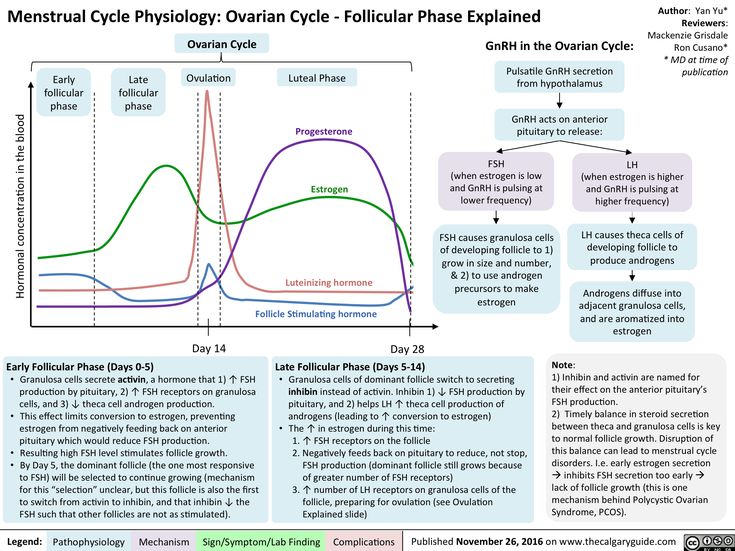
Adrenaline and norepinephrine are released during childbirth as a woman's response to stress, fear or anxiety. High levels of these hormones are not desirable as they can slow down the birth process and also reduce blood flow to the uterus, placenta, and fetus. However, at the time of the birth of the baby, these hormones are needed because they cause intense contractions that help the birth of the baby.
Prolactin is considered to be the hormone of breastfeeding. The level of this hormone during pregnancy is low, but it rises during childbirth and reaches a maximum at the birth of a child.
The hormone endorphin helps to relieve the labor process, as it can put a woman in labor in a special state during childbirth. Endorphin acts in such a way that childbirth is normalized.
In the normal course of childbirth, hormones can help a woman give birth easily and comfortably.
It is worthwhile and justified to use artificial analogs of hormones as an activation of the generic process only in the most rare and exceptional cases when there are medical indications (that is, when there is a real threat to the life or health of the mother or child).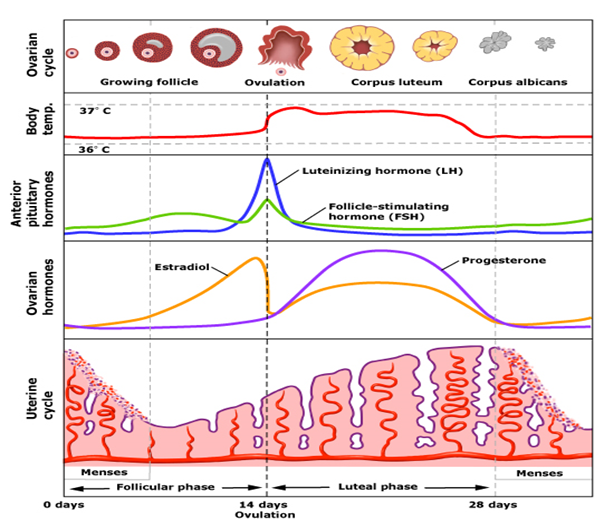
Articles on the topic "Birth"
All about pregnancy Childbirth
At what week of pregnancy the child should turn head down
All about pregnancy Childbirth
Features of childbirth in multiparous
How labor and labor begin
there are
Births Pregnancy calendar for future dads
Rules and recommendations for dads in partner births
Births
Epidural anesthesia - salvation or danger to the health of mother and baby?
List of things to the hospital
Childbirth
Things to the hospital - what is really worth taking?
Corn
I - Mom twice
Gives
Giving birth to a miracle
Gives
Peretopian birth - why this occurs
Popular
Caring for
corns on the legs. Water calluses Needle piercing and treatment
Education
Rules for raising children from 1 to 3 years old
Acetonemia
The smell of acetone from the mouth of a child - what does it mean?
childbirth
Green water during childbirth - how dangerous is it?
Feeding
Antibiotics and breastfeeding
Nutrition and daily routine
Nutrition of children in the second year
Problems of the first year of life Topical issues
Why does the child's hair grow badly?
Physical and mental development
Chair in newborns
Puberty
Puberty of boys - what should be said?
Nutrition for pregnant women
Nutrition for pregnant women by week
10 little helpers: what hormones are involved in childbirth - Parents.
 ru
ru 0114
obstetrician-gynecologist
To explain the mechanism of labor, scientists have put forward many theories. The most interesting one is from the Dutch neuroscientist Dick Swaab. In his opinion, the signal for the onset of labor is given by a decrease in the level of glucose in the blood of the unborn baby. As the mother's body is no longer able to provide adequate nutrition to the growing baby, a series of hormonal changes occur that cause uterine contractions. But recently, another hypothesis has been gaining more and more supporters. The main reason for timely delivery, she calls the genetic program, which provides for the completion of pregnancy as soon as the unborn baby is ready for autonomous existence. In any case, mother and baby cannot do without helpers. They become hormones.
First Aid
Childbirth begins with "forerunners". At this point, the level of progesterone in the woman's body begins to decrease.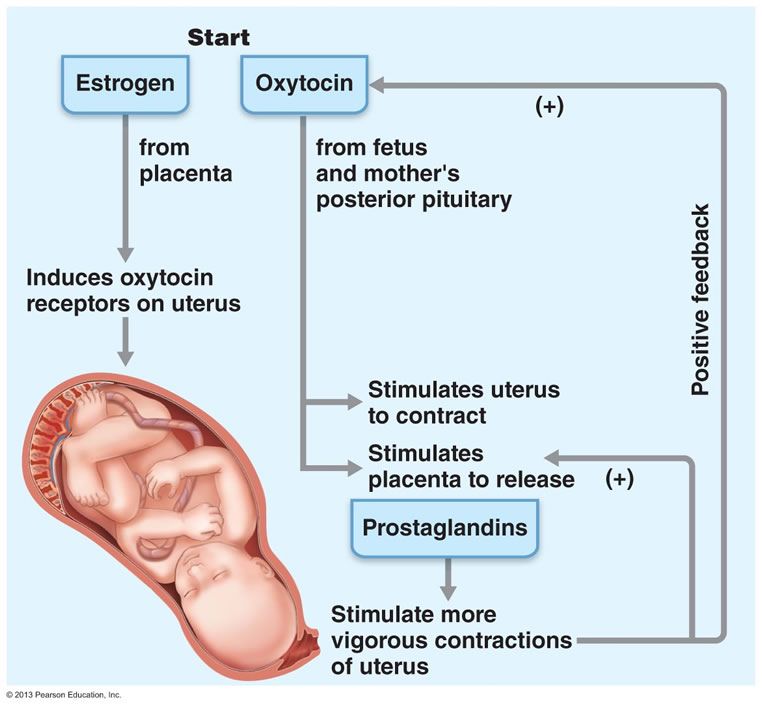 This hormone is produced by the placenta. He is the "guardian" of pregnancy, suppressing the contractility of the uterus and maintaining the tone of the cervix. As the level of progesterone decreases, the uterus, which for the time being was relaxed, becomes sensitive and tense. Mom feels the movements of the baby more and more sharply, at times tension arises in the lower abdomen, slight contractions of the uterus are felt.
This hormone is produced by the placenta. He is the "guardian" of pregnancy, suppressing the contractility of the uterus and maintaining the tone of the cervix. As the level of progesterone decreases, the uterus, which for the time being was relaxed, becomes sensitive and tense. Mom feels the movements of the baby more and more sharply, at times tension arises in the lower abdomen, slight contractions of the uterus are felt.
At the same time, the level of estrogen in a woman increases - this is how the female sex hormones estradiol, estrone and estriol are generally called. They contribute to the maturation of the cervix. Under their influence, it softens, shortens and begins to gradually open up. Thanks to estrogen, the tone of the uterus also increases and the preparation of the soft birth canal begins for the birth of the baby. In addition, female sex hormones inhibit the activity of specific enzymes that destroy oxytocin. He is called the "king of childbirth". And not in vain.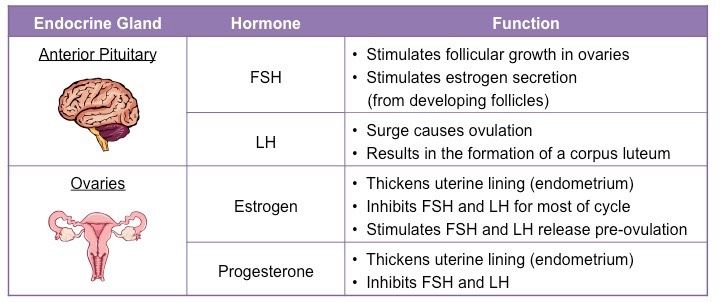 This hormone is the strongest stimulator of uterine contractions. At the same time, prostaglandins are formed in the tissues of the placenta, the walls of blood vessels, ovaries, intestines, lungs, in the fallopian tubes, in the wall of the stomach and even in the muscle of the heart, but most of them are produced in the tissues of the uterus. Interestingly, these biologically active substances, close to hormones, were first discovered in the male gonads (“prostaglandins” - a derivative of the word “prostate”). They also cause uterine contractions, soften the cervix and start labor.
This hormone is the strongest stimulator of uterine contractions. At the same time, prostaglandins are formed in the tissues of the placenta, the walls of blood vessels, ovaries, intestines, lungs, in the fallopian tubes, in the wall of the stomach and even in the muscle of the heart, but most of them are produced in the tissues of the uterus. Interestingly, these biologically active substances, close to hormones, were first discovered in the male gonads (“prostaglandins” - a derivative of the word “prostate”). They also cause uterine contractions, soften the cervix and start labor.
Serotonin is also involved in the regulation of labor activity. It acts directly on the receptors located in the myometrium (one of the layers of the uterus), activating them, plus through the central nervous system increases the production of oxytocin. The concentration of serotonin in the blood, uterus and placenta increases with increasing gestational age and reaches a maximum by the time of delivery.
- Photo
- Getty Images/Brand X
Progression
So, prostaglandins “trigger” the mechanism of contractions, and oxytocin helps to keep them normal. Its powerful release into the blood occurs at the very beginning of childbirth, then another one, after which the cervix begins to open faster. As soon as it opens completely, the third surge of this hormone will make the woman push, "pushing" the child to the "exit". And, finally, “at the end” of the process, oxytocin is needed so that the contractions do not fade away and the separated placenta, along with the fetal membranes, leaves the body of a young mother.
Natural pain relief
But this is not all hormones and biologically active substances that help a woman cope with a difficult task and give birth to a baby. In the reserves of our body there is a whole arsenal of tools that reduce pain and tension. We are talking about the so-called pleasure hormones - endorphins. The adrenal hormones cortisol and catecholamines, the production of which is stimulated by adrenocorticotropic hormone, also help to cope with the difficulties of childbirth. Together with endorphins, they “balance” the stress hormones adrenaline and norepinephrine. The last substances during childbirth also do not remain behind the scenes. Before the start of the attempts, when the woman has already spent a lot of energy to survive the contractions, and is rather tired, thanks to a sharp release of adrenaline, she has a “second wind” and the strength to push.
We are talking about the so-called pleasure hormones - endorphins. The adrenal hormones cortisol and catecholamines, the production of which is stimulated by adrenocorticotropic hormone, also help to cope with the difficulties of childbirth. Together with endorphins, they “balance” the stress hormones adrenaline and norepinephrine. The last substances during childbirth also do not remain behind the scenes. Before the start of the attempts, when the woman has already spent a lot of energy to survive the contractions, and is rather tired, thanks to a sharp release of adrenaline, she has a “second wind” and the strength to push.
It is believed that the signal for the onset of labor is given by the unborn baby. In his blood, the level of corticosteroids increases, which, in turn, stimulate the production of estrogens and prostaglandins.
- Photo
- mustafagull/Getty Images/E+
Difficulties are overcome
Childbirth will take place as nature intended, only when each of the hormones starts working at the right time and its concentration is sufficient.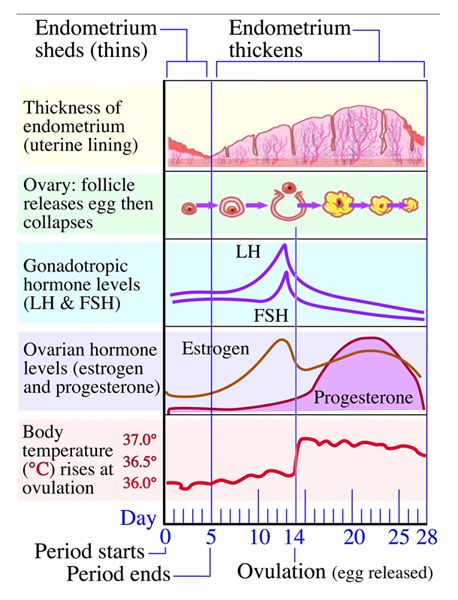 Even the smallest failure in this system can disrupt the normal course of events. For example, due to a lack of estrogen, the process of preparing for childbirth and maturation of the cervix may be delayed. In this case, doctors talk about a "post-term" pregnancy, and childbirth begins after 41 weeks.
Even the smallest failure in this system can disrupt the normal course of events. For example, due to a lack of estrogen, the process of preparing for childbirth and maturation of the cervix may be delayed. In this case, doctors talk about a "post-term" pregnancy, and childbirth begins after 41 weeks.
With a deficiency of prostaglandins, difficulties begin with the maturation of the cervix. If for some reason this has not yet happened by the time of birth, synthetic analogues of these biologically active substances are used. In Russia, a vaginal gel is registered, which is allowed to be used in such cases. Also, with a deficiency of prostaglandins, the preparatory stage of childbirth is lengthened. It usually lasts up to 6 hours. During this period, a woman feels light, almost imperceptible irregular contractions. But if her body produces few necessary hormones, the process is delayed, the woman in labor gets very tired.
Deficiency of oxytocin complicates not only the preparatory period, but also the very process of the birth of a child. With this turn of events, the muscles contract weakly, the cervix opens slowly. Because of this, the child moves through the birth canal for a very long time. Doctors talk about the weakness of labor and can introduce a synthetic analogue of oxytocin into the woman's body. You should not be afraid of such manipulations: everything is done only with the written consent of the future mother, and the goal is the same - to help the baby be born healthy. Moreover, in this way, the most formidable complication is prevented, which is very rare, but can occur at the last stage of childbirth - hypotonic bleeding.
With this turn of events, the muscles contract weakly, the cervix opens slowly. Because of this, the child moves through the birth canal for a very long time. Doctors talk about the weakness of labor and can introduce a synthetic analogue of oxytocin into the woman's body. You should not be afraid of such manipulations: everything is done only with the written consent of the future mother, and the goal is the same - to help the baby be born healthy. Moreover, in this way, the most formidable complication is prevented, which is very rare, but can occur at the last stage of childbirth - hypotonic bleeding.
There is also a situation when oxytocin is produced in excess. Childbirth then takes place too rapidly, the baby moves very quickly towards the “exit”. As a result, he, having no time to prepare, can get injured, and his mother can get soft tissue ruptures.
Look into your plate
Hormone levels are corrected during childbirth with the help of droppers or injections.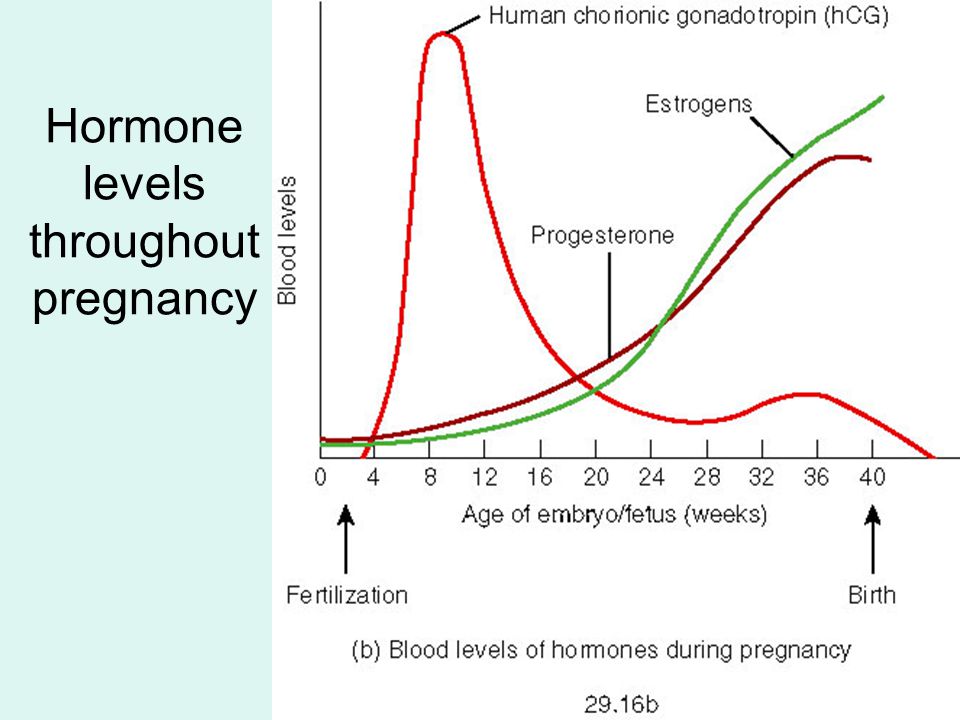 It is possible to speak about the prevention of such troubles with a certain degree of conventionality, because often the problem does not manifest itself until X hour. But if you eat right, the chances that pregnancy and childbirth will pass without complications increase dramatically. After all, the prostaglandins needed during childbirth are synthesized in the body from polyunsaturated fatty acids (PUFAs). Their sources are vegetable oils: linseed, olive, almond.
It is possible to speak about the prevention of such troubles with a certain degree of conventionality, because often the problem does not manifest itself until X hour. But if you eat right, the chances that pregnancy and childbirth will pass without complications increase dramatically. After all, the prostaglandins needed during childbirth are synthesized in the body from polyunsaturated fatty acids (PUFAs). Their sources are vegetable oils: linseed, olive, almond.
Many of these acids are also found in fish oil, pine nuts, walnuts, trout, salmon, tuna, halibut and Omega-3, -6, -9 vitamins. In addition to prostaglandins, the production of natural oxytocin is also stimulated by magnesium and vitamins D, C. These nutrients are abundant in dates, pomegranates, bananas and avocados. That's why the expectant mother needs to watch what she eats and listen to the recommendations of her doctor.
More interesting and useful materials about the health of the expectant mother are in our channel on Yandex.
